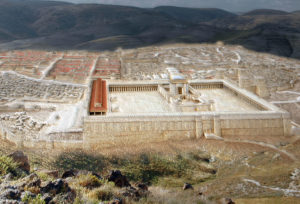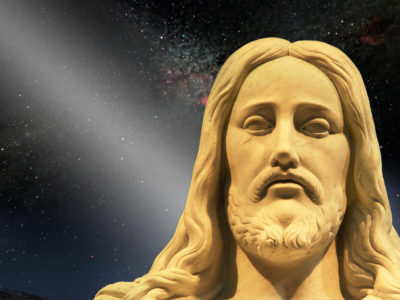SEVERAL LINES in the Lord’s Prayer sound remarkably like other prayers that Jews were praying at the time.
The most obvious parallel shows up in the way Jesus started his prayer. He seemed to pull from one particular Jewish prayer that was—and still is—recited in worship services: the “Holy Prayer.” Jews call it the Kaddish, meaning “holy.”
When we look closely at this prayer, it seems obvious why Jesus chose to build on it.
Here are the opening lines of the Kaddish, alongside the opening lines of the Lord’s Prayer.
HOLY PRAYER (KADDISH)
LORD’S PRAYER
Holy and honored is his great name.
Our Father in heaven, may your name be kept holy.
in all the earth, which he created according to his will.
May your will be done on earth, as it is in heaven.
May he set up his kingdom in your lifetime.
May your Kingdom come soon.
What may have attracted Jesus to the Holy Prayer is the very next line: “May his salvation blossom and his Anointed near.”
The “Anointed” and the “Anointed One” are names the Jewish people used for the messiah. This Holy Prayer of the Jews not only praised the holiness of God, it asked for God to send the messiah to save them.
Hidden within the opening lines of the Lord’s Prayer, it seems, is a clue that God has already started to answer the prayer. The messiah has come—“in your lifetime.” And he has brought with him the Good News of how to find salvation and become citizens of God’s kingdom.
Excerpt from Understanding Jesus: A Guide to His Life and Times


This isn’t really such a surprise when you consider that Jesus was less of a revolutionary and more of a back-to-basics kind of guy. After all, he introduced this prayer by offering it as a more sincere alternative to the “vain repetitions” of the Pharisees.
Thanks Steve. One lady on my professional Facebook page called it a heresy. So it apparently surprised the dickens out of her.